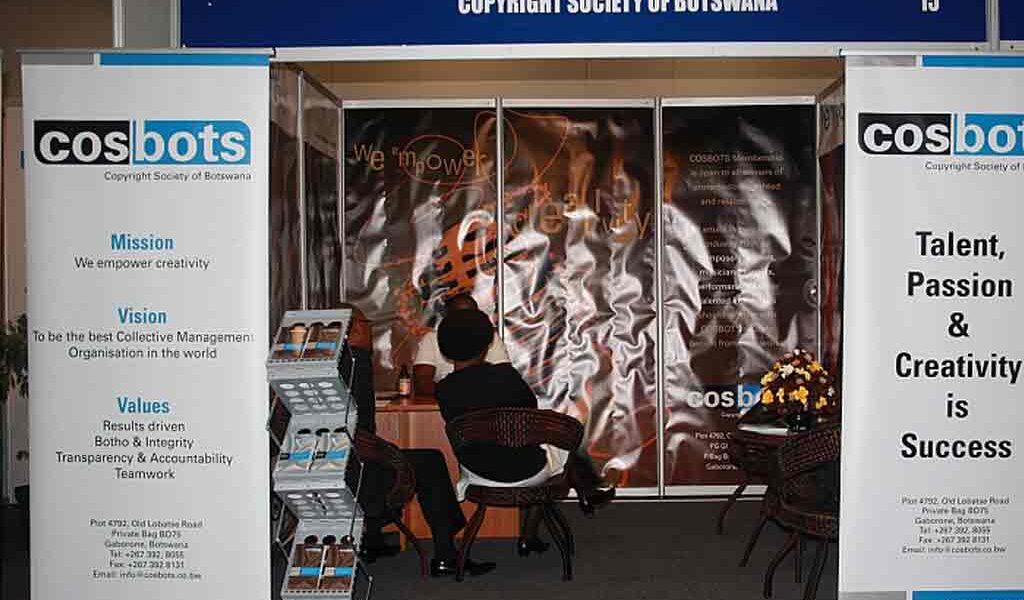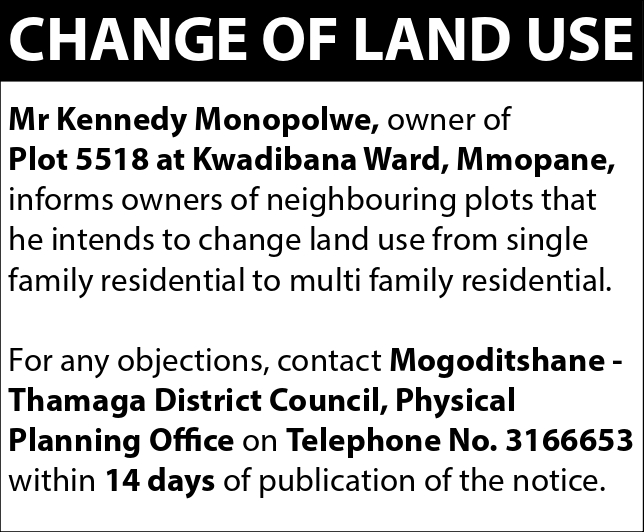- COSBOTS takes P2.3m in administrative costs
- The royalties are for airplay in state media only
GOSEGO MOTSUMI
The country’s only royalty collection society, the Copyright Society of Botswana (COSBOTS), last week embarked on distribution of 11 royalty payouts for the period of April to September 2018. But as in previous payouts, artists decry the “peanut payments” that they accuse the organisation subjects them to despite collecting a large sum of money that is unfairly shared with the organisation’s administrative costs.
According to COSBOTS spokesperson Seeletso Lekgaba, the total revenue collected for the period was P5,323,027.00, while administration costs were P2,381,472 leaving a Net Distributable Revenue (NDR) of only P2,941,555.00 for the artists.
“Currently COSBOTS has 2001 members,” says Lekgaba. “The calculation and payment of royalties is dictated by legal and contractual obligations and is not made according to arbitrary considerations. The payment speaks to the principle of equality of treatment of all authors.”
“Article 3 of the TRIPS Agreement references assimilation of foreign authors to national authors and these two correspond to the equality of treatment. We mention this to emphasise that the Net Distributable Revenue is divided between local and foreign repertoire according to usage of the music over any given period.”
The royalty payouts are for 2018. Seeletso says it is important to first enumerate the process that needs to be undertaken before payment of royalties can be done. Prior to effecting a distribution operation, she says, COSBOTS has to do everything possible to identify the authors, composers and publishers of the works used. This obligation then forces the organisation to examine, verify and investigate if the artists had an input in the work performed, broadcast or recorded.
“This therefore means that the documentation data from artists’ declaration of works needs to be matched to corresponds to actual data in the form of public performances, broadcast or recording on sound carriers of protected musical works,” she says. “This entire process has all along been done manually, and because of the inordinate amount of data that the organisation is dealing with, the process took a very long time. This is what explains the delay in paying royalties. Delays in payment can often be occasioned by delays in collecting licence fees from users.”
The current royalties collected are from state media and events for both copyright and neighbouring rights, leaving out royalty payouts from private media. Lekgaba says the board and management have the discretion to decide on the timing of payment of each category of works and have decided that royalties for RB 1, RB 2 and Btv should be paid out with this distribution.
“Much as we would like to be transparent in our business dealings, we are bound by business ethics, corporate etiquette and contractual obligations from sharing information about our users or licensees with any third party,” she says.




